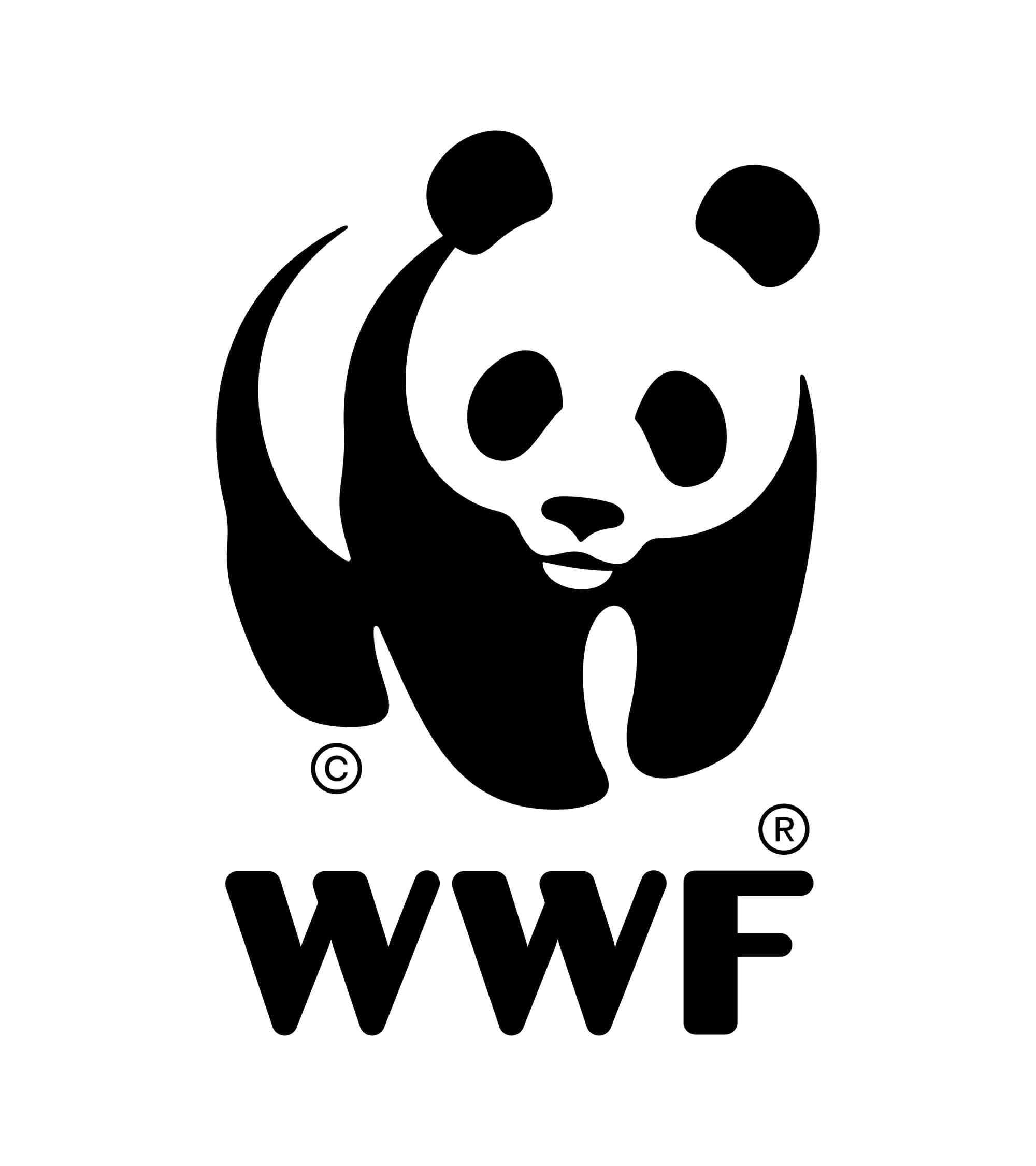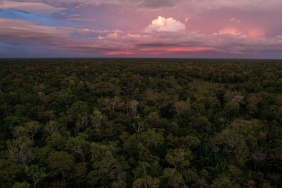ASIA SHOWS SOLUTIONS AMID GLOBAL BIODIVERSITY DECLINE
Jakarta - Today (30/9), WWF globally released the Living Planet Report 2014, a report based on scientific analysis of the health of Planet Earth and its impact on human activities. According to the report, Asian cities are demonstrating green solutions to global environmental problems - which are becoming increasingly threatened. These solutions are needed as the status of wildlife populations continues to decline at an alarming rate.
The report states that global populations of fish, birds, mammals, amphibians and reptiles have declined 52% in 40 years. During that period, the Asia-Pacific region's biodiversity decline rate was just below that of Latin America.
The Living Planet Report 2014 also shows that the ecological footprint - a measure of humanity's demands on nature - continues to increase. Biodiversity loss and unsustainable ecological footprints can not only threaten natural systems and human well-being, but can also lead to actions that can change current trends.
"Biodiversity is a critical part of supporting life on Earth - and a barometer of what we have done to the planet. We urgently need bold global action across all sectors of life to build a sustainable future," said WWF International Director General, Marco Lambertini.
The biggest threats to global biodiversity are habitat degradation and loss, wildlife capture and poaching, and climate change. Of the thousands of species assessed in this report, tropical regions experienced 56% population loss, compared to only 36% in temperate regions.
According to WWF-Indonesia CEO, Dr. Efransjah, "Habitat degradation, fragmentation and loss are ongoing threats to Indonesia's endangered species including the Sumatran Tiger, Sumatran Elephant, Javan Rhino, Sumatran Rhino, Sumatran Orangutan and Bornean Orangutan. We must arrest and prevent the rate of habitat degradation and loss as the only way to maintain the existence of these species, for a sustainable future."
Along with biodiversity decline, Asia's increasing population and per capita consumption continue to drive the region's ecological footprint. Globally, human demands on the planet have reached 50% more than what nature can naturally provide. In other words, it takes 1.5 Planet Earths to produce today's human needs.
The Living Planet Report 2014 was published at a time when most of the human population lives in cities. On the one hand, urban areas around the world are responsible for more than 70% of the energy use that generates carbon emissions, but on the other hand, they also have the potential to be centers of renewable energy production and energy efficiency.
Breaking the link between ecological footprint and development is a key priority indicated by the Living Planet Report 2014. The research presented in this report shows that it is possible to improve living standards while at the same time limiting the use of natural resources.
The Living Planet Report 2014 is the 10th edition of this major bi-annual publication released by WWF. The report records more than 10,000 vertebrate species populations from 1970 to 2010, through the Living Planet Index - a database maintained by the Zoological Society of London (ZSL). Measurements for the human Ecological Footprint are made by the Global Footprint Network (GFN).
This year's Living Planet Index features an updated methodology that more accurately tracks global biodiversity and provides a clearer picture of the health of the environment around us. With findings revealing the deteriorating condition of the world's species, this report can be used as a basis for governments, businesses and civil society to engage in dialog, decision-making and action at a pivotal time for the planet.
This report includes WWF's "One Planet Perspective" with strategies to protect, produce and consume more wisely. It also features examples of how communities in Asia are reducing their ecological footprint and reversing biodiversity loss, such as the Shanghai community supporting the installation of solar panels, the Seoul community participating in "No Driving Day", and the Japanese community in Sendai City developing a 'green purchasing' ordinance.
"Nature is a lifeline to survival and a stepping stone to prosperity... While many people still live below the poverty line, it is imperative that we work together to create solutions that benefit everyone," Lambertini said.
Dr. Efransjah also added, "We, as a society, have the power to make wise choices about our lifestyles, so as not to put more pressure on the Earth and avoid further loss of biodiversity. WWF also continues to urge the business sector to transform in producing our various needs, so that the products produced do not harm our Earth."
It is not easy to find innovative solutions to environmental problems. WWF's "One Planet Perspective" presents how Asia and countries in other parts of the world can maintain their ecological footprints so that they do not exceed the planet's ability to provide. By following WWF's programs, people can begin to change the course of the trends shown in the Living Planet Report 2014.
WWF International Director General, Dr. Marco Lambertini, will be present at the "Living Planet Report 2014 Launch and Discussion: Asia and Indonesia Context" on October 10, 2014 at the Dutch Cultural Center, Erasmus Huis, Jakarta. The event will also include Kuntoro Mangkusubroto, Head of UKP4; and Heru Prasetyo, Head of Indonesia's REDD+ Management Agency.
For more information, please contact:
Budi Wardhana, Director of Policy, Transformation and Sustainability, WWF-Indonesia
Email: bwardhana@wwf.or.id, Hp: +62 81399010696





